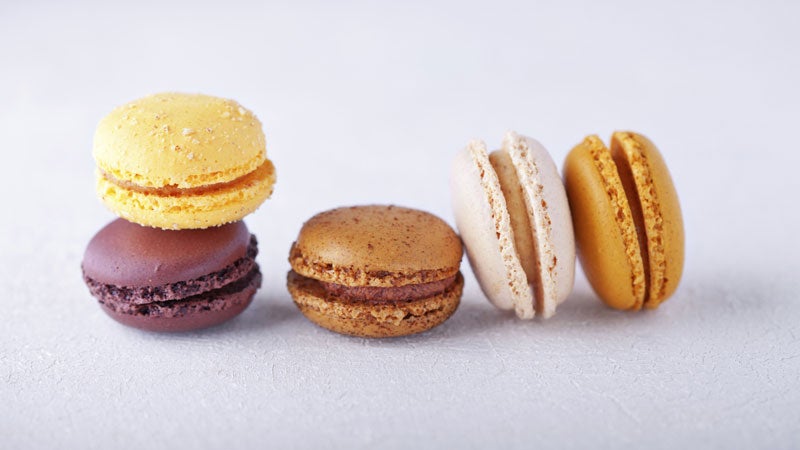After that long, strenuous workout, nothing sounds more appealing or more deserved than some tasty treat, right? Wrong. Very wrong. Runners need to think twice before consuming calories that are going to burn their health in the long run.
“It’s easy to pick up a pastry or cookie after burning a thousand calories because it’s fun, you worked hard, and you want to enjoy something,” says Nancy Clark, a registered dietitian with a board certification in sports nutrition. “But being a lean runner doesn’t mean you can eat eight cookies—you have to dose the poison.”
When you don’t, the results can be scary—even if you’re skinny. A recent study published in Missouri Medicine pegged marathon training to increased coronary plaque, likely caused by the dietary indifference of many runners. Every calorie isn’t created equal, when it comes to your health or to performance.
Until 2007, Olympic steeplechaser Anthony Famiglietti flat-out bragged about his junky diet that consisted of sweets, fast food, and nary a fruit or vegetable. But that year, when his body broke down and he couldn’t run a single mile without a walking break, he knew his diet needed a reality check. “You have to treat your body like the vehicle it is—like a car,” explains Clark. “You put the right type of fuel in your car before you drive it, so put the right type of fuel in your body before activity.” After replacing the stromboli with broccoli, Famiglietti found himself at the Olympic Trials running his fastest, and then posting a personal record in the Games.
But for all the press the Missouri Medicine article has received, healthy eaters can have issues too. When Amby Burfoot, editor at large of Runner’s World and a marathoner, found himself in the doctor’s office with sky-high coronary calcium numbers, the 45-plus-year vegetarian was shocked. “I’d always considered my health and my diet better than most people’s,” says Burfoot. “But with all the recent news about excess artery plaque in marathon runners, I wanted to check things out.” So how do runners approach what they put into their bodies and what they get out of it?
The answer is not clear-cut. But we do know—despite exceptions like Burfoot—that diets filled with fruits and vegetables and low on processed foods have been linked with the best health outcomes. The problem, then, is our desire to look for perfect solutions (while ignoring the fundamentals) and our unwillingness to stick with the pro-vegetable plan long-term.
Which is where the daily cheat comes in. Clark contends that up to 10 percent of your daily calories can come from foods like cookies. The theory is that if one cookie can help you eat that bowl of salad, it’s worth the sugar. That said, your cheat foods don’t always have to go toward that 10 percent buffer.
“People want yummy food,” says Clark. “But yummy food does not have to be bad food.” When rewarding yourself, she recommends that you focus on what really tastes good, instead of automatically reaching for artificially flavored and processed products. “Fix yourself a breakfast of French toast and eggs, or have a few spoonfuls peanut butter,” Clark suggests.
Running is hard work, and if you can’t earn the right to eat this stuff in the middle of marathon training, then when can you?


